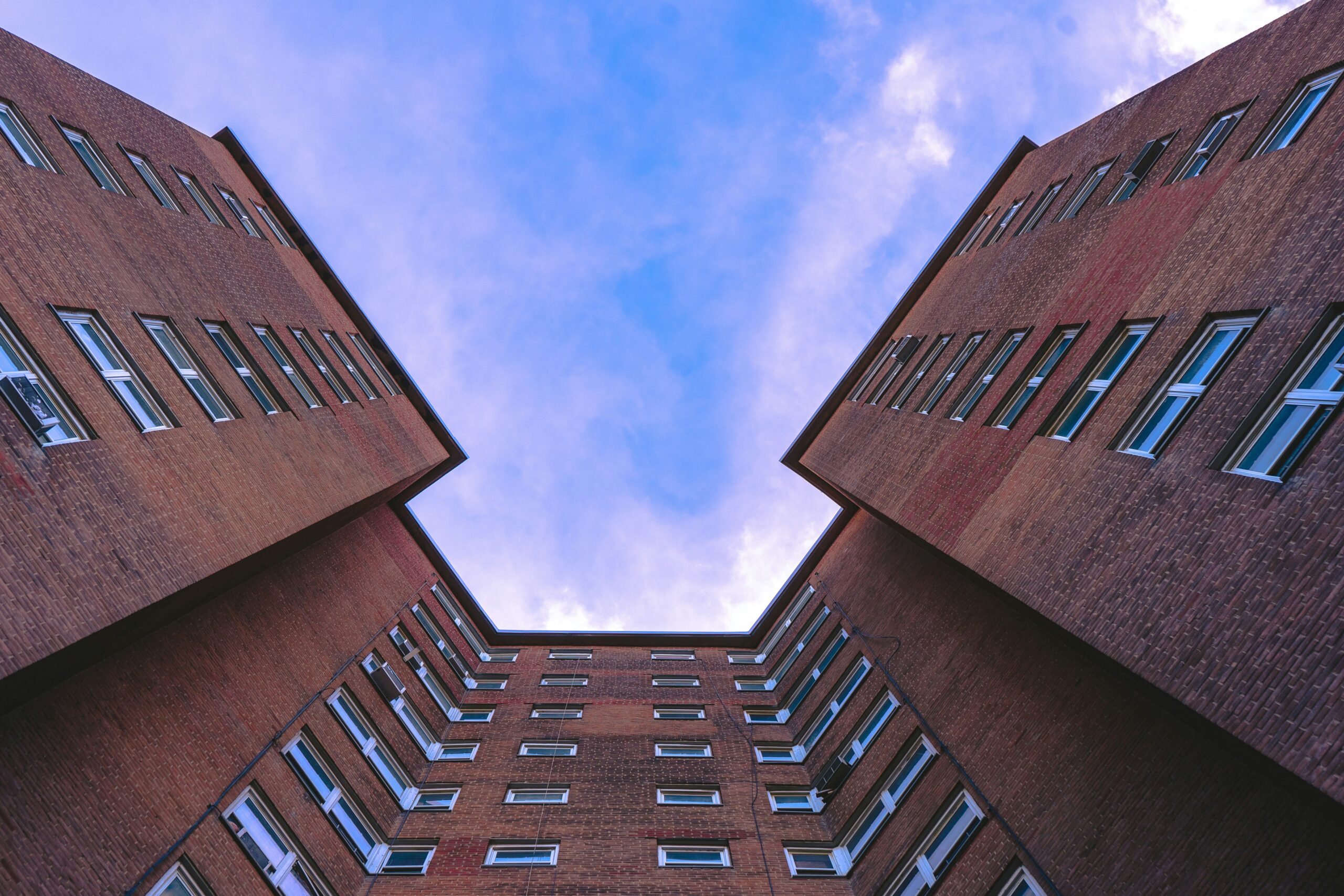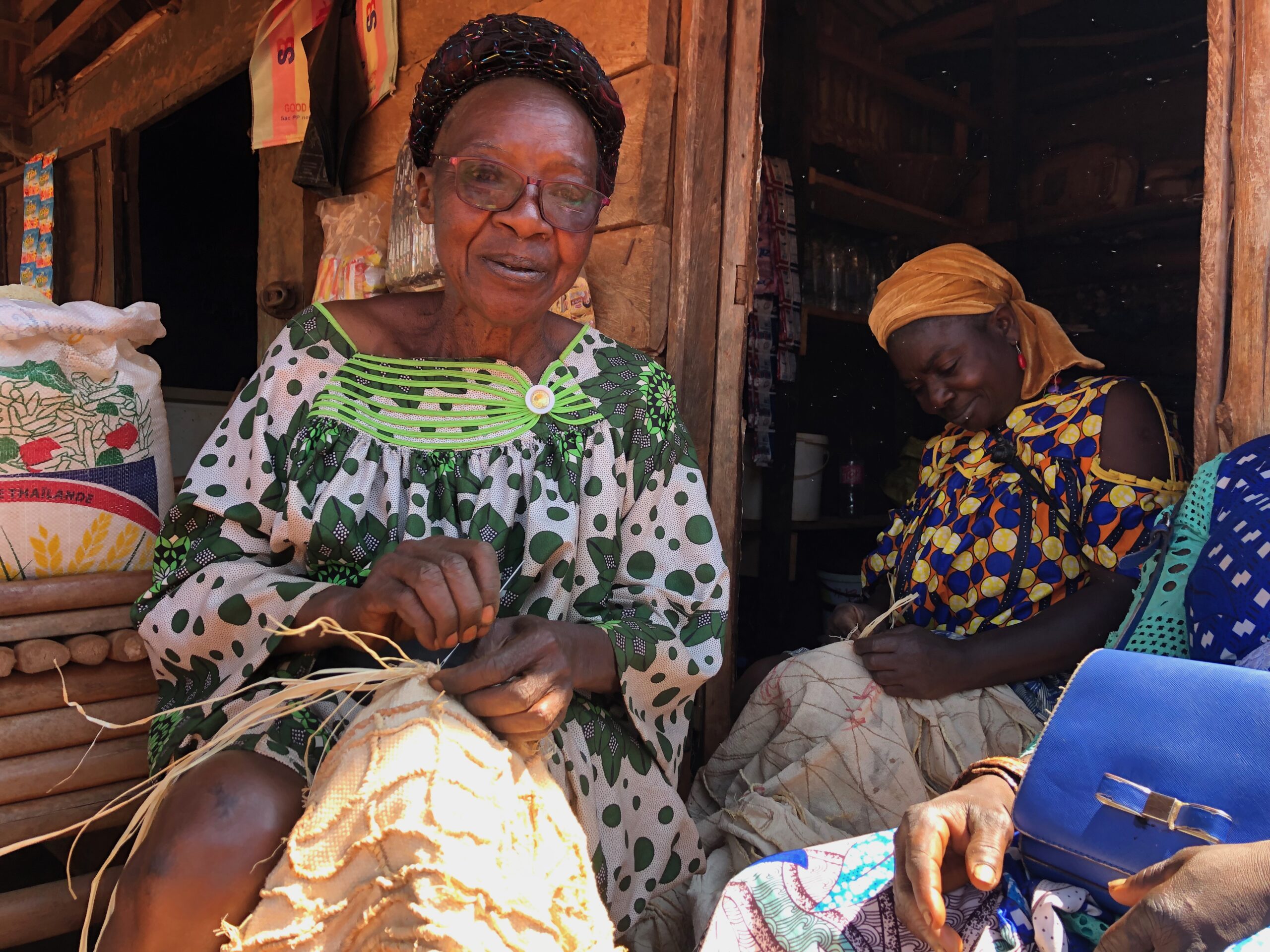1.
In a Q&A with PBS, filmmaker Perry Miller Adato talked about her documentary Paris: the Luminous Years (2010), which I recently learned about and—because I am hopeless when it comes to all things Parisian—I immediately watched. About the unprecedented gathering of artists in Paris during the early part of the 20thcentury, Adato said:
From 1905-1930, I would say that anybody who did anything which is important in any of the arts at that time were [sic] there. It was the place to be. As Gertrude Stein said, “We all came to Paris – it was where we had to be.” […] Artists all over Europe knew what was happening in Paris, and they wanted to be there. For however long they were there, it changed their life [sic] and it changed their work.
A young Ernest Hemingway was, of course, among those who came to Paris—age 22 with letters in his pocket from Sherwood Anderson introducing him to Gertrude Stein and Ezra Pound. The letters described him as “instinctively in touch with everything worthwhile.” Pound would eventually advise Hemingway to avoid adjectives; Stein told him, “Concentrate: remarks are not literature.” (Hemingway in turn wrote, “Ezra Pound was sometimes right; Gertrude was always right.”) A Moveable Feast, his memoir-in-essays from those years, recounts fondly those days of visiting with Sylvia Beach at Shakespeare and Co. on an empty stomach, along with his tales about Scott Fitzgerald’s tormented drunkenness, and sitting with Ford Madox Ford at Closerie de Lilas while Ford explained the difference between a gentleman and a cad.
By all accounts, those years in Paris were indeed luminous for artists: housing was cheap, talent and experimentation abounded, collaborations and cross-influences blossomed. Matisse made his impression on Stein; Matisse and Derain influenced Georges Braque, who then switched allegiances to Cezanne, who in turn influenced Picasso toward Cubism, which Braque then took up. And on and on, round and round, like an artists’ swingers club. Picasso, Juan Gris, Apollinaire, Hemingway, and others, lived in small, cold rooms and went to cafes to work and drink and debate; that is, they left their domestic quarters for their true “homes.” They came to Paris (the Americans leaving behind a newly entrenched post-war conservatism in the States), they were on the move; and all for art.
Like many young writers and artists (as depicted via Owen Wilson’s character in Woody Allen’s recent Midnight in Paris), I romanticize, and envy, those luminous years in Paris. We seem now to pursue our work more individualistically. If Facebook and Twitter are our version of the salon or commune, they would seem paltry replacements—the speed-dating version of collaboration and influence. How many of us have a fellow artist whom we see—and consult with on the evolution of our creative work—daily? That is, how many of us have a Braque to our Picasso? How many of us share living quarters and sacrifice financial independence in order to be able to write more and work at our jobs less?

Artist residencies seem to be the closest simulations of Gertrude Stein’s Paris salon, of Le Bateau Lavoire, of Café Deux Magots. I participated in my first residency last summer, excited to encounter the magic of artistic community. Instead, I found myself unexpectedly distracted. I felt pressure to perform socially, to talk about my work in a certain (positive) way, even though it was hard-going. I met wonderful, talented people whose work I will now mostly follow from afar. A residency, I realized, is not quite Paris in the 20s: it’s not a group of artists seeking each other out, authentically invested and engaged in each others’ work—the daily, ongoing, messy process over the long haul—and in their collective impact on the larger culture. Rather, it’s a group of near-strangers, thrown together temporarily, who may or may not find their way to substantive artistic connection by the end of their stay. Certainly, many do experience that magic. Maybe one needs to get the hang of it. Maybe I’ll try again. Maybe next time, I’ll stay longer.
Or, maybe, I’ll just stay home.
2.
My ambivalence about creative community is evident in my living situation: I split time between New York City, and rural Pennsylvania. Like Roxane Gay, who wrote in Tin House a few weeks ago about being a writer who does not live in New York:
Not being in the middle of that, and only joining in when I choose, is a luxury. I live in the middle of nowhere but there’s no pressure to perform the role of writer. No one around me gives a fraction of a damn about the latest publishing deal or whatever we’re all gossiping about on Twitter. I have time, enormous stretches of time with very little to do but read and write […] I try, though I don’t always succeed, to not take such luxury for granted.
Gay went on to list some 35 writers living “out there,” on their own, working away, producing beautiful and important work, without the benefits, or the trappings, of a dense literary locale.
My question, then, is perhaps too deductive, too simplistic; I’ll ask it anyway. As artists, do we work better in solitude, or in community? Do we work better while rooted in quiet, domestic routines; or in abandoning bourgeois stability (comfy heated home, furnished with reading chair and Nespresso maker) and lighting out for the corner bookstore café or shared studio?
The answer, of course, is that every artist, every writer, is different. The answer is that even for a given artist, the answer could be, “It depends.” The answer is that if you find you have a choice, you are lucky; if you find you don’t, then you make the best of what you have.
And yet, the idea of pilgrimage—of seeking your artistic development, your peak, in a place—is irresistible. If I go there, something will happen. If I leave here, I will create something that I have not been able to create before. Or, there, I will have more money. Or, there, I will have less money but more time. Or, if only I was surrounded by other artists, by people who understand me.
Personally, I think that the dream of artistic fruition as a result of leaving one place for another is largely delusional: as they say, wherever you are, there you are. And wherever you go, it will be better, and worse, than where you left. But as someone who has indulged both her fantasies and her ambivalence, who has made a regular habit of leaving one place for another, in hopes, forever and always, of getting good work done; I also think it’s a dream we cannot live without.
Sonya Chung, Associate Editor of The Common, is the author of the novel Long for This World (Scribner 2010) and teaches fiction writing at Columbia University.



